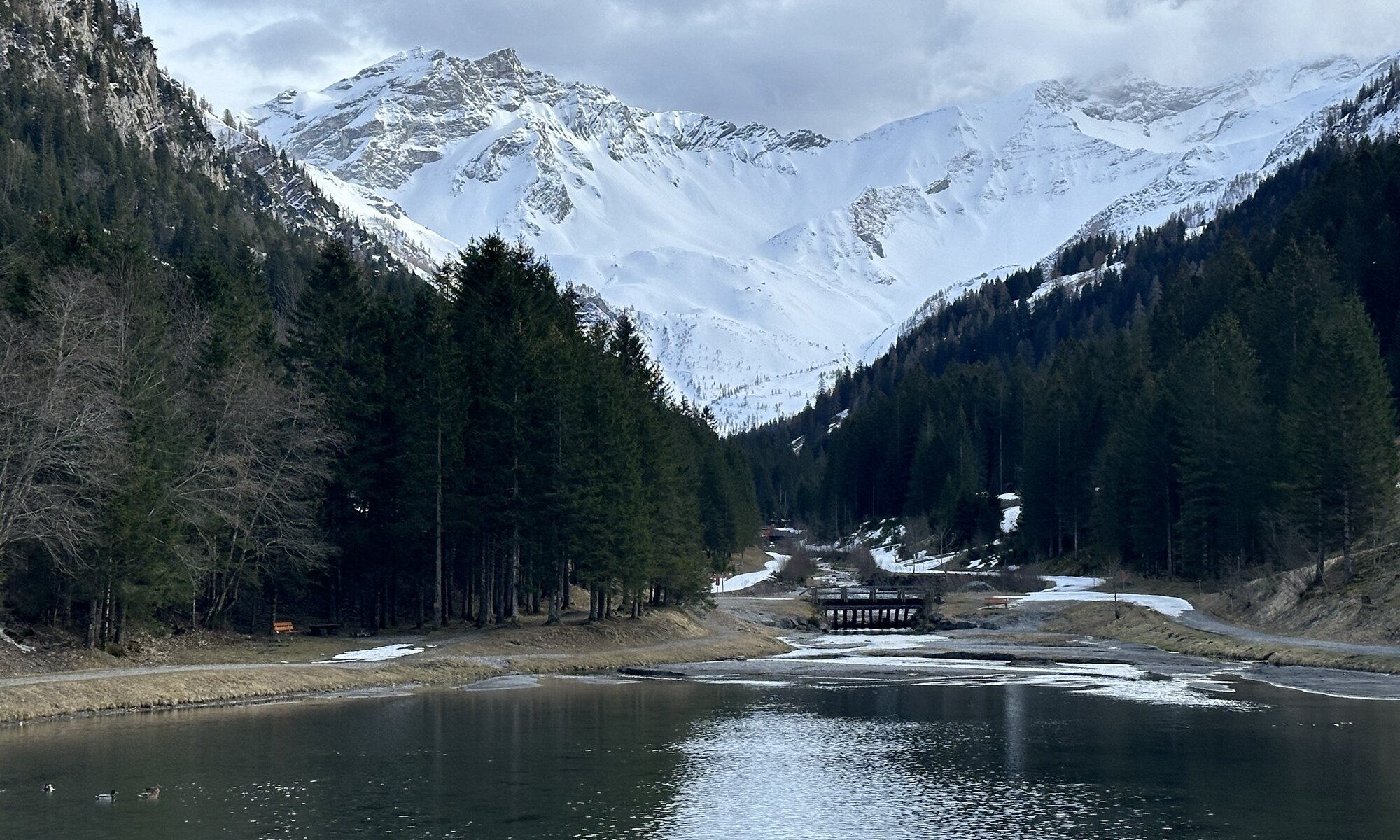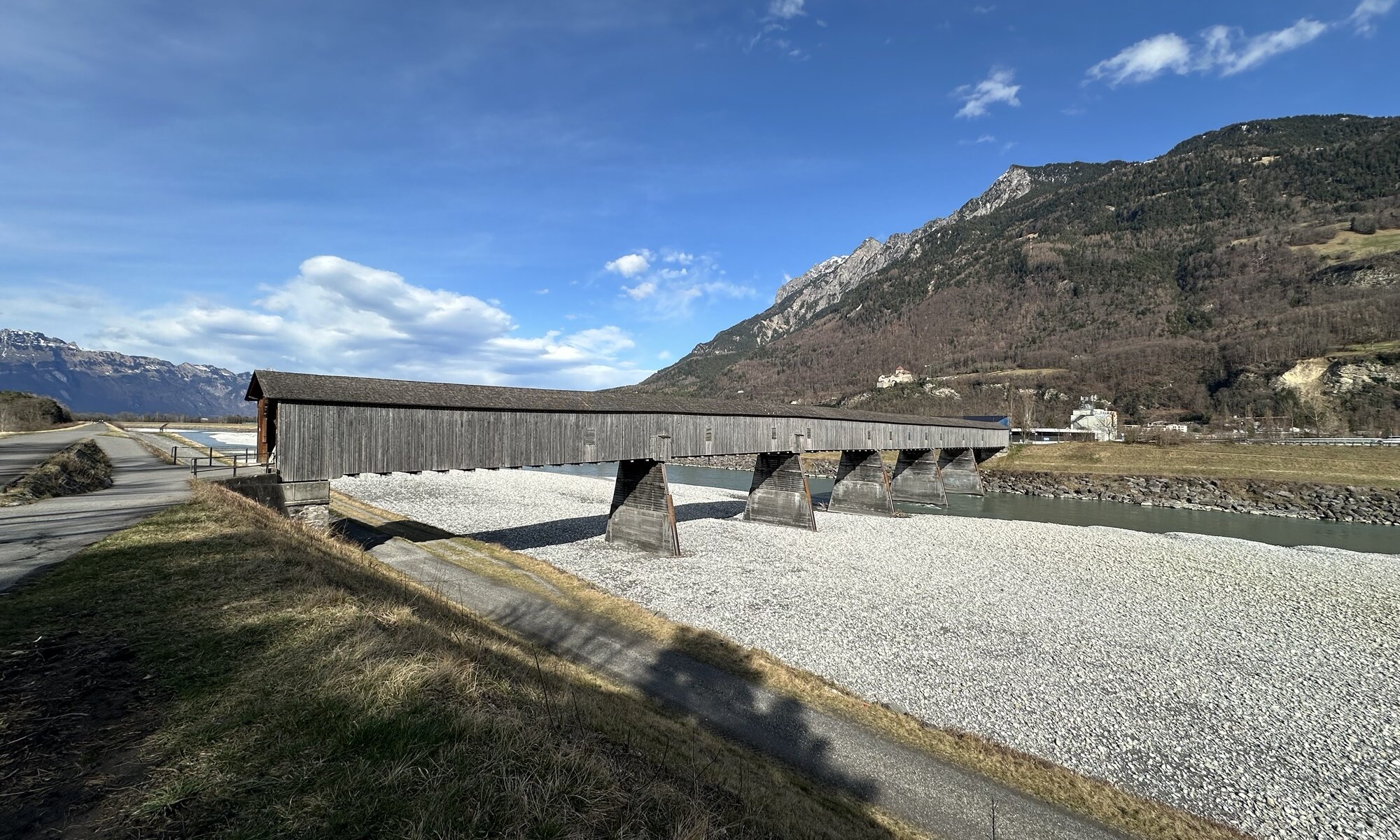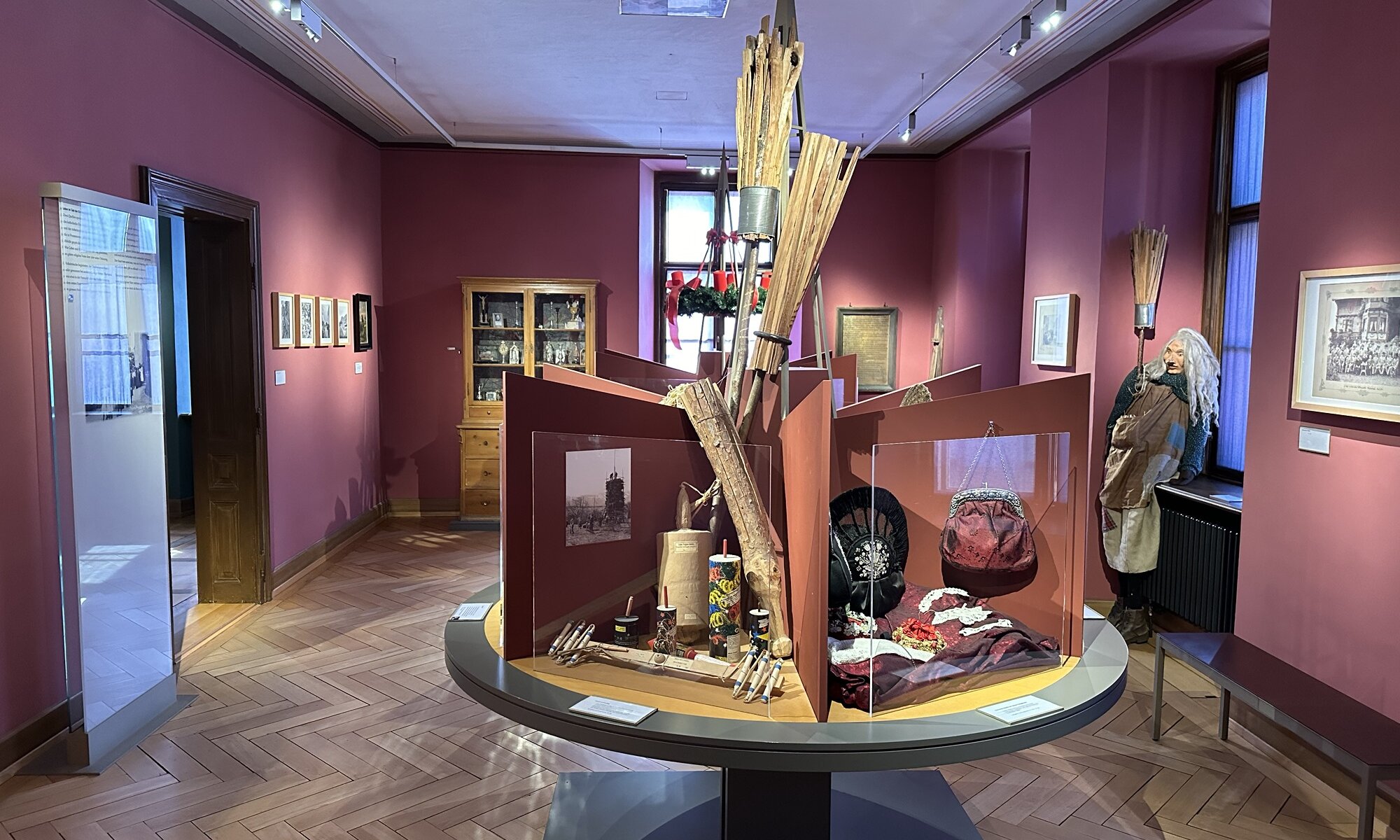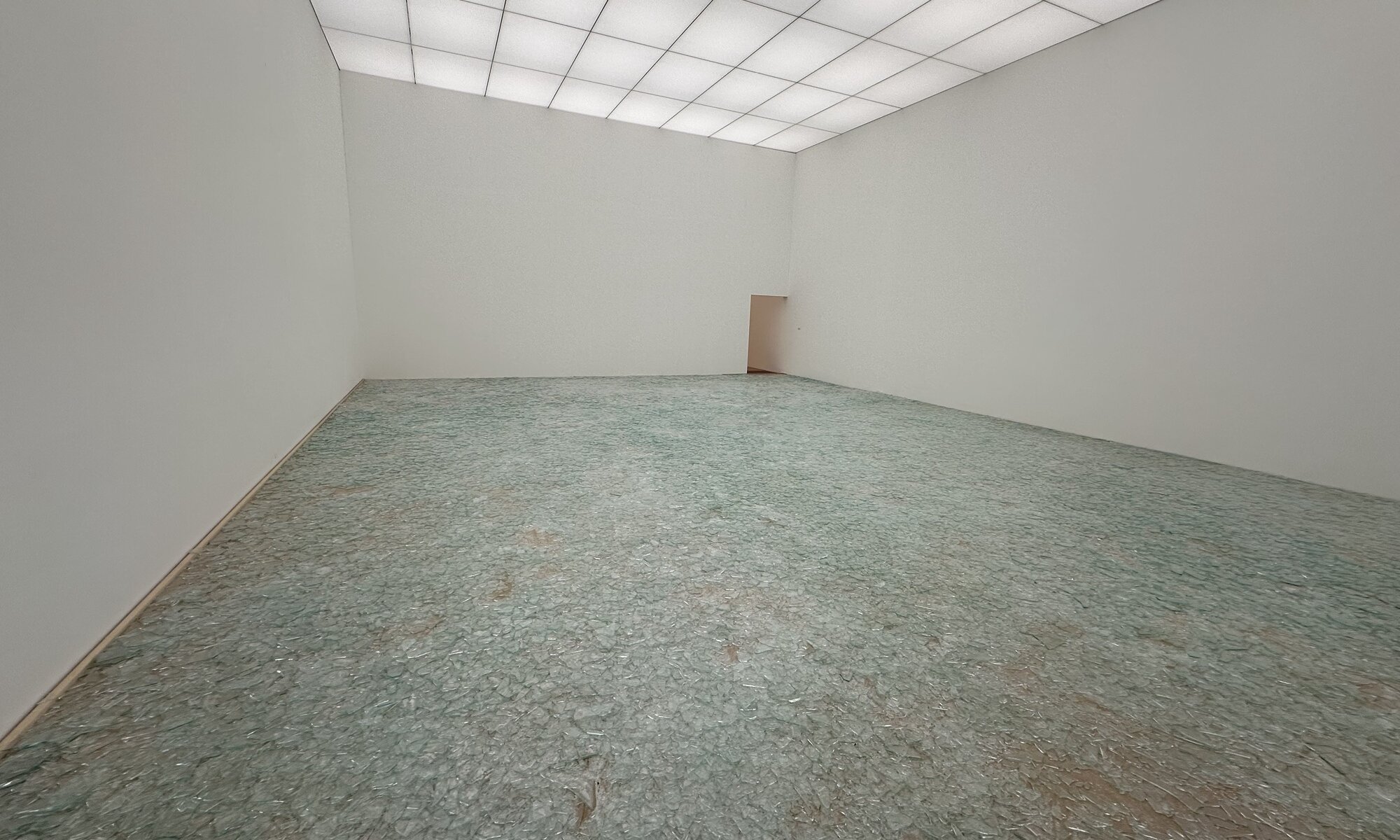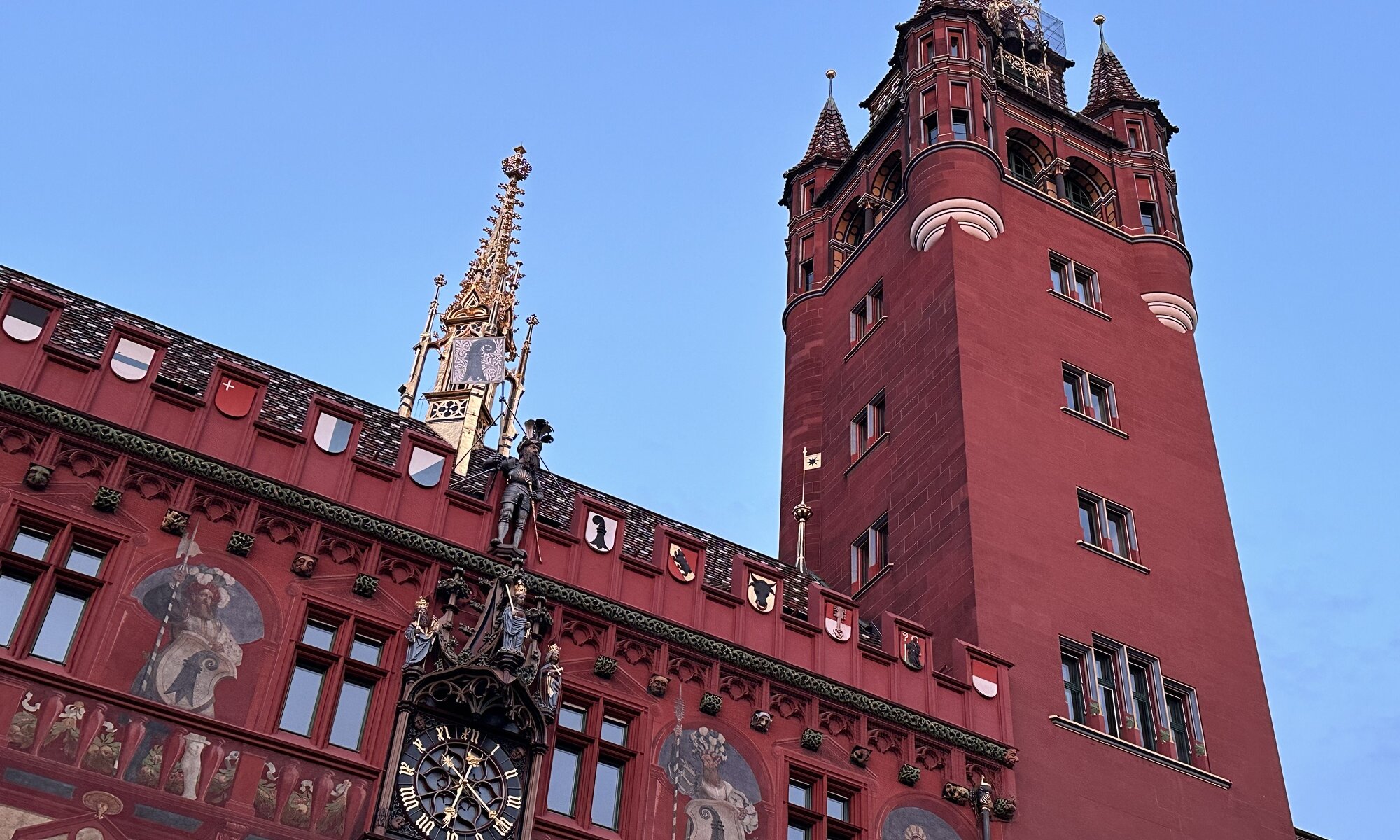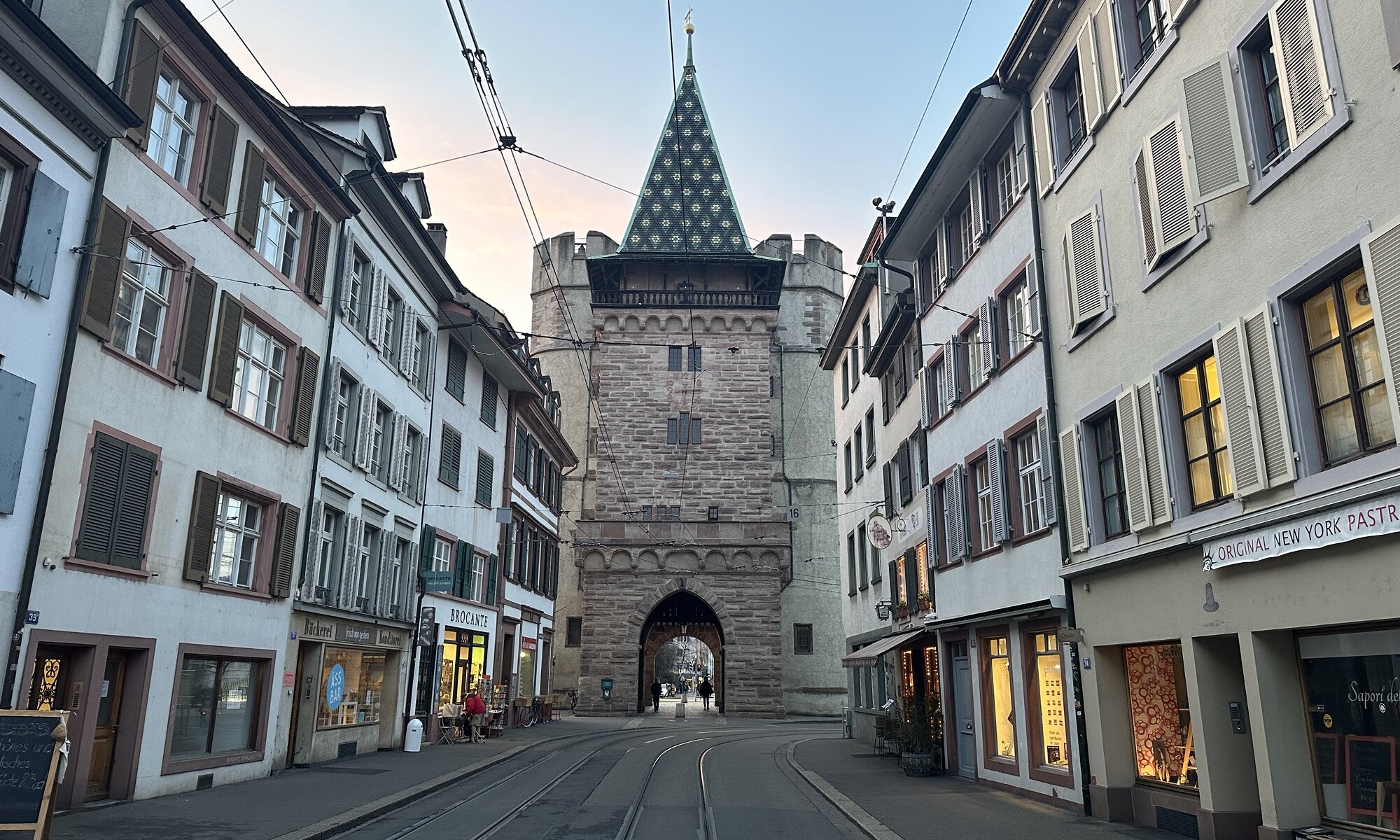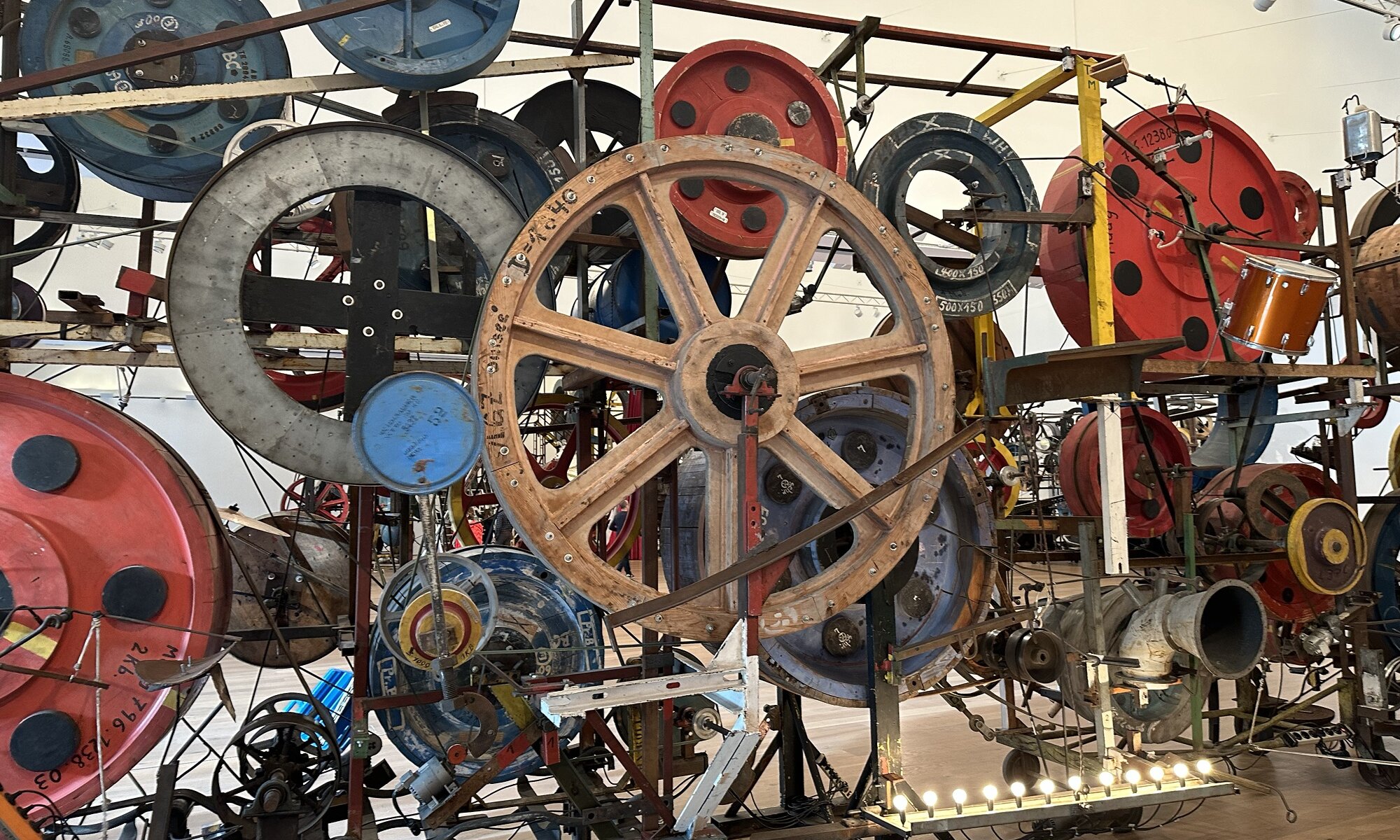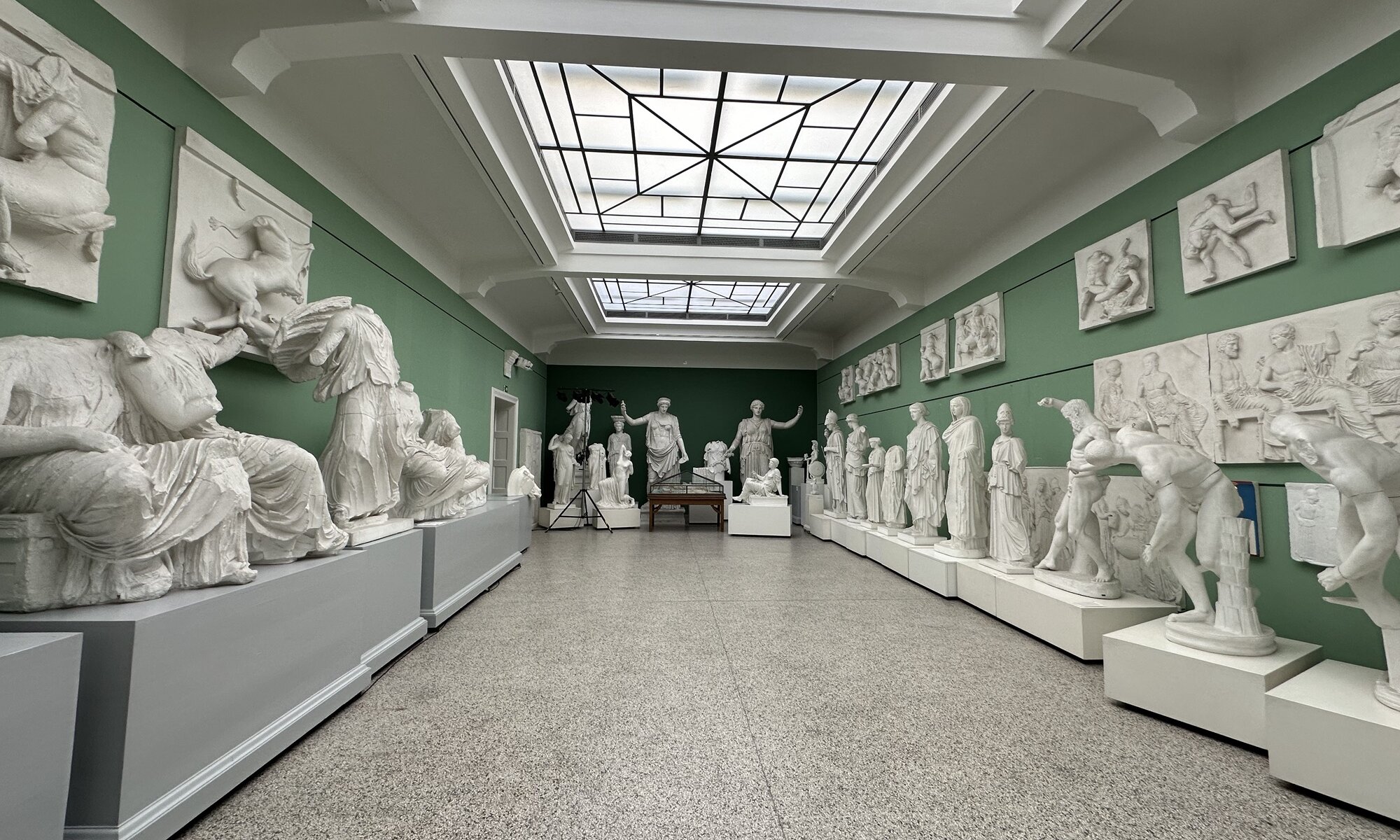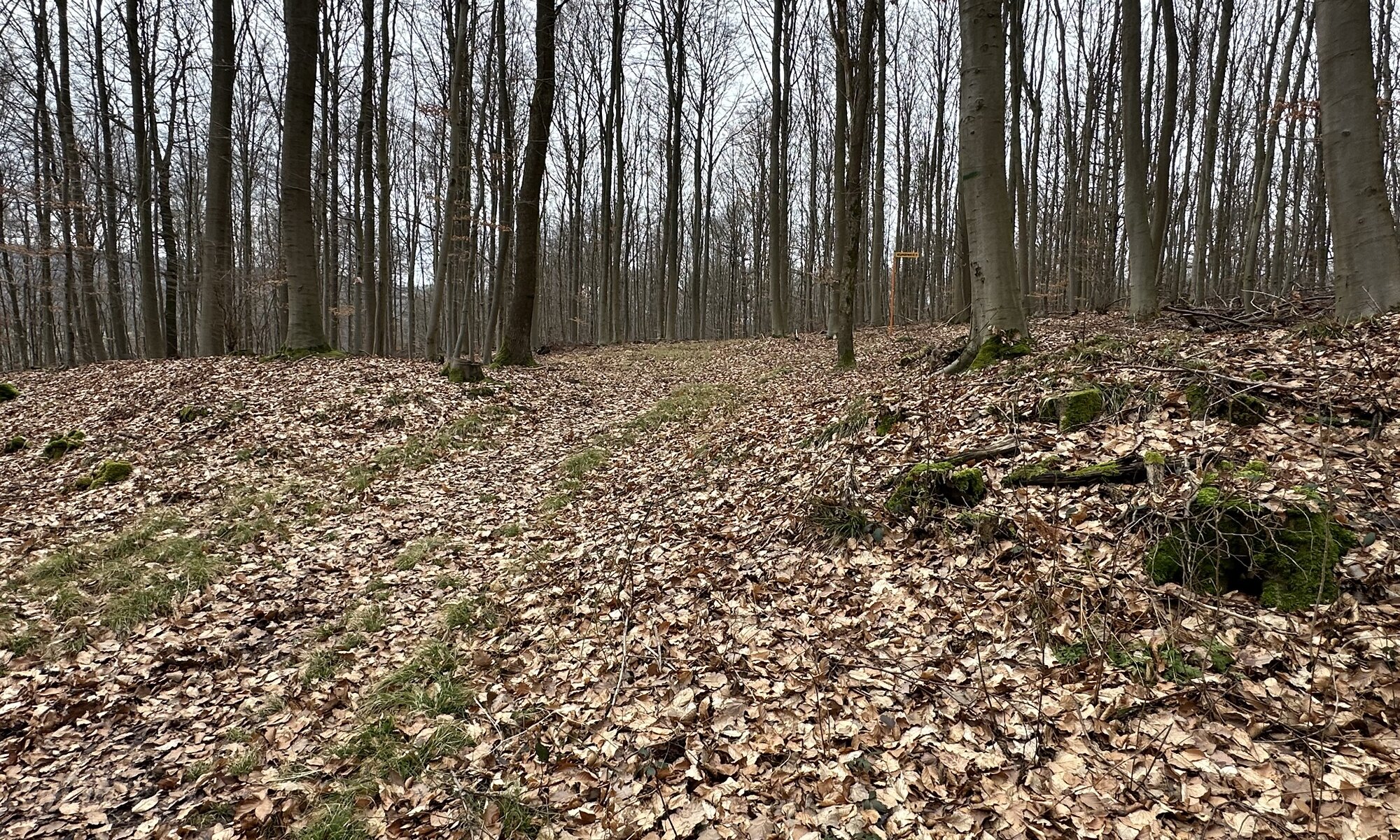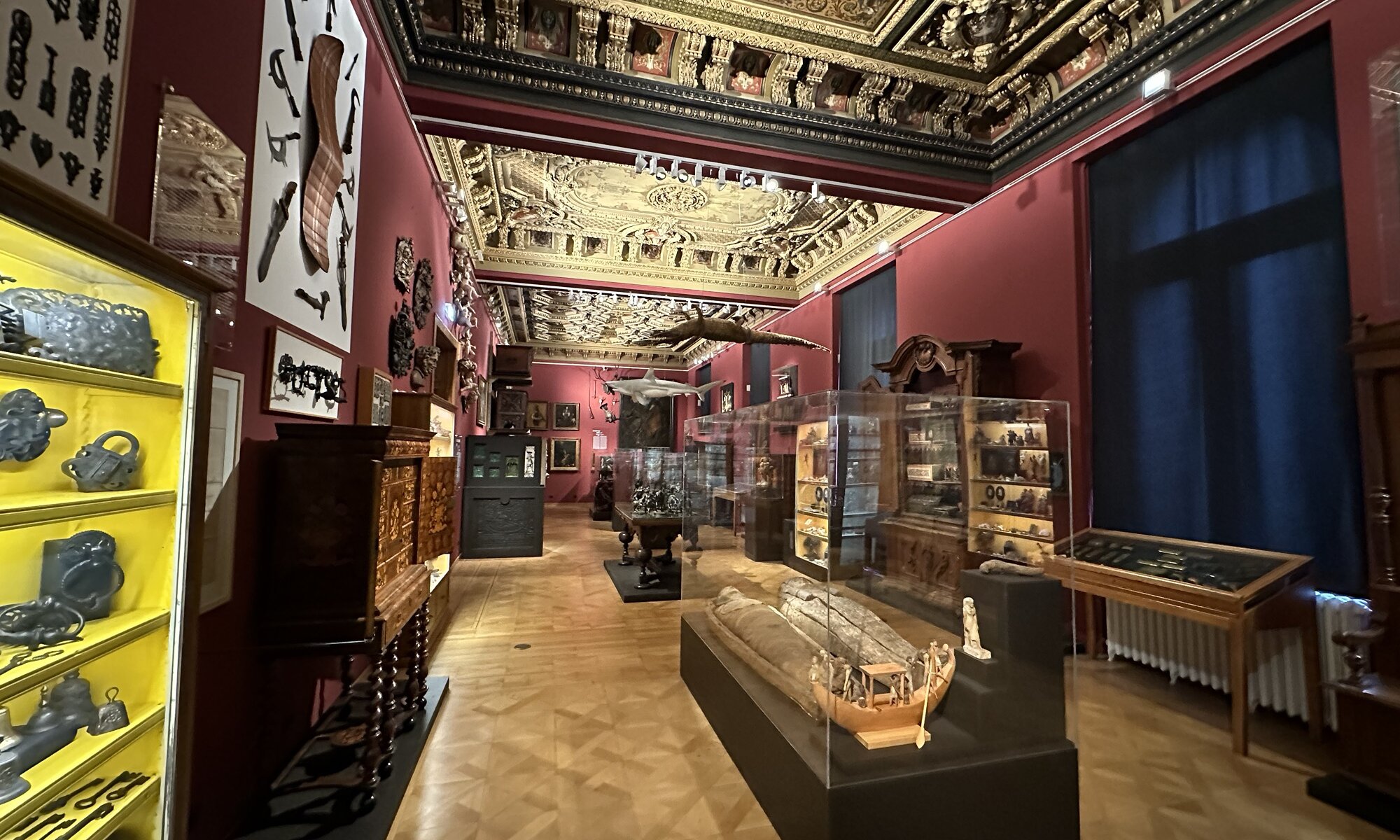The Gänglesee is just a small like in the Rätikon mountain range you can swim in. It is located on a height of 1,300 meters above sea level and at its shore you can have a barbecue or just adore the mountain panorama. In winter times behind the lake ski trails begin making this region of Triesenberg well-visited in summer as well as in winter times.
Continue reading “Gänglesee”Border crossing
Liechtenstein and Switzerland are separated from each other by river Rhein. For sure there was always the need to cross the river and in the beginning ferry boats were the vehicle of choice. In 1867 first bridges were created, for example between Buchs (Switzerland) and Schaan (Liechtenstein); three years later the connection between Vaduz and Sevelen was created for the very first time. As a pedestrian and cyclist you can use it still today – the last preserved wooden bridge crossing the Rhein.
Continue reading “Border crossing”Landesmuseum
Liechtenstein is a very special small country which is rather conservative and trying to preserve its traditions. At the end of the 19th century prince Johann II started a collection of archaeological findings from Liechtenstein and cultural heritage of the country. Today you can learn a lot about local life, rituals, religion and government of the country at a museum building in the pedestrian zone of Vaduz.
Continue reading “Landesmuseum”Broken glass
In 1967 the country of Liechtenstein received a donation of ten contemporary artworks which became the starting point for a state-owned art collection. Nowadays you can find two connected buildings in the pedestrian zone of Vaduz, the Kunstmuseum Liechtenstein and the Hilti Art Foundation. These modern museums erected in 2000 and 2015 now contain a nice collection of modern and contemporary art.
Continue reading “Broken glass”Red sandstone
The town hall building of Basel is a very decorative one, very playful and especially absolutely colorful. It is located at the market square in the city center and not far away from river Rhein. It was built from the year 1504 on and has a height of 47 meters. You can enter the inner courtyard and walk up through a staircase that reminded me much of the architecture at Verona, Italy. The entire buildings contains many beautiful paintings, including those of Hans Holbein der Jüngere.
Continue reading “Red sandstone”Spalentor
Gates of German cities were really beautiful in the past. A good example for that is the Spalentor, the oldest of the three still standing ancient city gates of Basel (the others are the St. Johann and St. Alban gates). It was finished in the year 1400 CE and is one of the most beautiful in Switzerland with its two side towers and the decorated roof. The name is probably derived from the Latin word palus meaning pile – the Spalenvorstadt which the gates protects was in the beginning only protected by a fence of wooden piles.
Continue reading “Spalentor”Machinery
Jean Tinguely was a painter and sculptor from Switzerland. Most of his works can be easily recognized because they’re quite unusual: Tinguely often made sculptures looking like machines with moving parts and creating noise. A lot of them are exhibited in the Museum Tinguely at the shore of river Rhein at Basel. Inside the museum there are a lot of black buttons at the floor that you can push with your feet to activate Tinguelys inventions.
Continue reading “Machinery”Gipsabgußsammlung
No time to visit the Louvre, the British Museum, the Prado and the Musei Vaticani? Fortunately the university of Göttingen has the oldest collection of replicas of statues of the classical era – and still today it is one of the largest collections in the world. The 2,000 plaster casts stored by the archaeological institute show works exhibited in 150 museums around the globe. 1,000 of them are permanently on display, including the Venus de Milo, the Winged Victory of Samothrace and Laocoön and His Sons. The collection of mostly Roman and Greek statues was started by professor Christian Gottlob Heyne in the year 1767 for his own lectures.
Continue reading “Gipsabgußsammlung”Römerlager
During the Roman campaigns in Germania (12 BC-16 CE) the Roman Empire tried to defeat the Germanic tribes, secure the border at the river Rhein and extend its reign to the river Elbe in the east. Germanic people had crossed the Rhein several times and invaded Gallia which the Romans had declared their territory. To prevent this in the future Nero Claudius Drusus, stepson of emperor Augustus, commanded the Roman army and took control of Germania for nearly ten years.
Continue reading “Römerlager”SLM
The Suermondt-Ludwig-Museum (or short SLM) is the museum I liked most at Aachen and that is quite a surprise as large parts of the museum are filled with Christian art. It was founded in 1883 and is named after the entrepreneurs Barthold Suermondt and Irene & Peter Ludwig. First located in the Comphausbadstraße it can be found since 1901 at the Villa Cassalette at the street surrounding the city center and rather close to the main railway station. Within this wonderful building you can find paintings and sculptures from the 12th to the 18th century staged in a great way. A masterpiece are the many illuminated glass paintings.
Continue reading “SLM”
